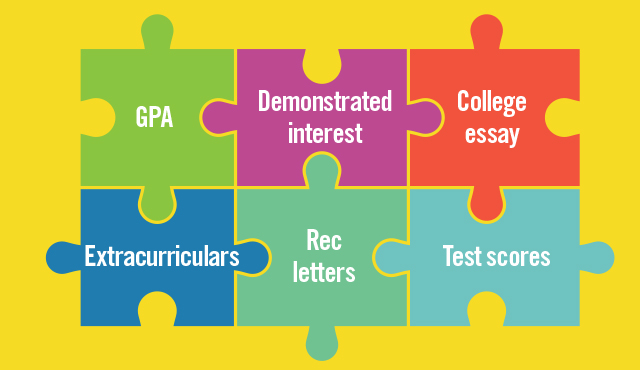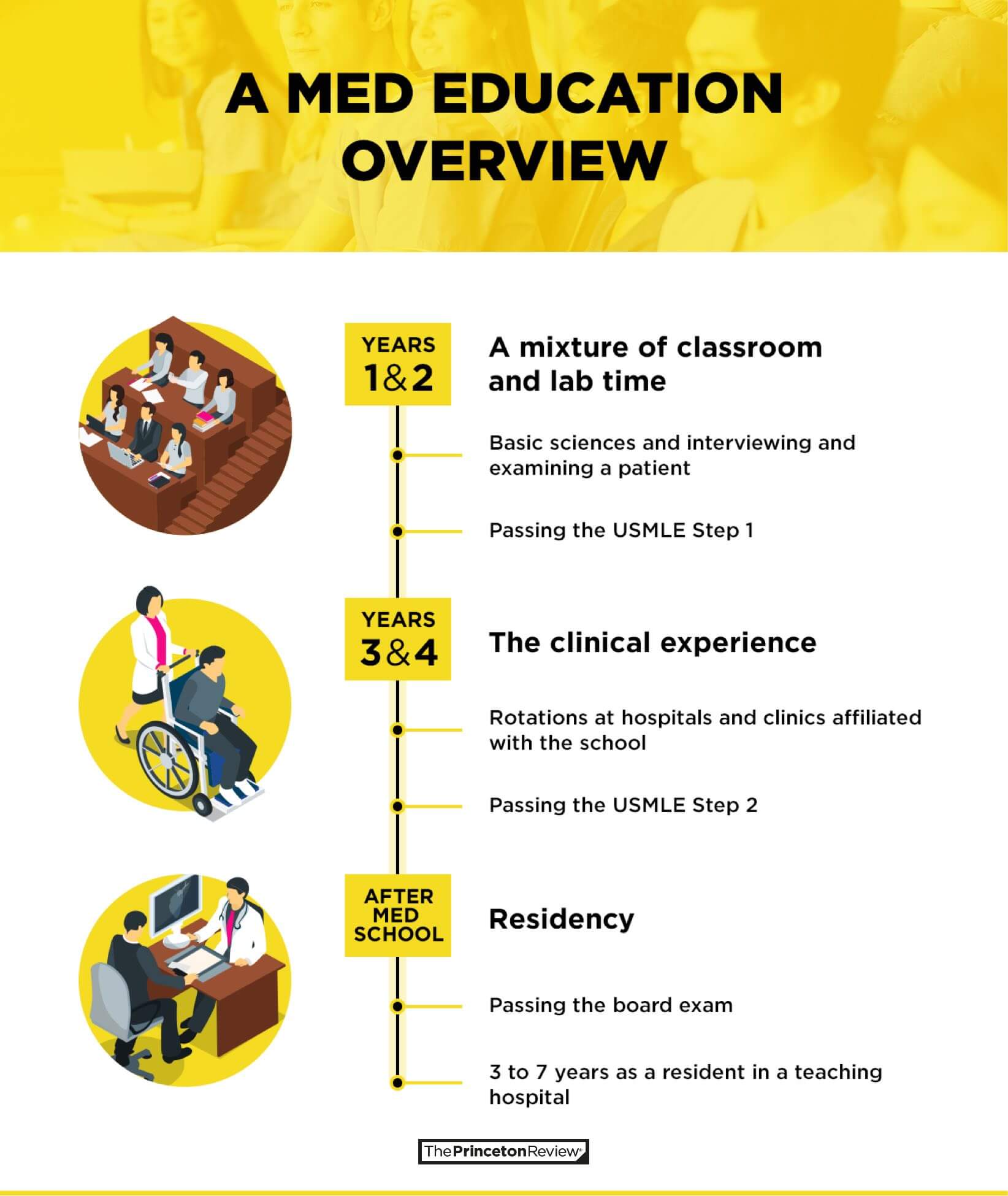A Comprehensive Guide to Understanding the Functioning of Schools in the USA. Discover The ins & outs of American schools in this easy-To-understand guide. From curriculum To extracurricular activities, get a comprehensive overview of how schools function in The USA. No jargon, just straightforward information for anyone wanting To better understand The American education system.
Understanding the Functioning of Schools in the USA
The education system in The United States is diverse, complex, & constantly evolving. Understanding how schools in The USA function can be a daunting task, especially for international students or parents who are new To The system. This comprehensive guide aims To provide a detailed overview of The functioning of schools in The USA, covering various aspects such as grade levels, curriculum, school types, admission process, & more. Whether you are a student planning To study in The USA or a parent seeking information about The education system, this guide will serve as a valuable resource.
Grade Levels
In The USA, The education system is divided into different grade levels. The grade levels typically start from kindergarten, which is The first year of formal schooling, & go up To twelfth grade, also known as senior year. The different grade levels are organized into three major categories: elementary school, middle school, & high school. Each category covers a specific range of grade levels & is designed To provide a progressive & comprehensive education.

Elementary School:
Elementary school usually consists of grades kindergarten through fifth or sixth grade, depending on The school district. This is where students learn The foundational skills in subjects like mathematics, English language arts, science, & social studies. Elementary school focuses on building a strong academic foundation & developing essential skills for future learning.
Middle School:
Middle school, also known as junior high school, typically includes grades six through eight or seven through nine. This stage of education serves as a transition between elementary school & high school. In middle school, students continue To build upon The foundational skills they learned in elementary school while also exploring a wider range of subjects & extracurricular activities.
High School:
High school covers grades nine through twelve & is The final stage of secondary education in The USA. During high school, students have The opportunity To specialize in subjects of their interest, gain more independence, & prepare for college or other post-secondary options.
School Types
The education system in The USA offers various types of schools To cater To different needs & preferences. Some common types of schools include public schools, private schools, charter schools, & magnet schools. Here’s a brief overview of each type:
Public Schools:
Public schools are funded & operated by The government. They are open To all students & do not charge tuition fees. Public schools follow a standardized curriculum & are subject To state & federal regulations. The majority of students in The USA attend public schools.
Private Schools:
Private schools are privately funded & operated, often by religious organizations or independent boards. They have The autonomy To set their own curriculum & admission requirements. Private schools generally charge tuition fees & may have smaller class sizes compared To public schools.
Charter Schools:
Charter schools are publicly funded but operate independently. They have more flexibility in terms of curriculum & teaching methods. Charter schools often have a specific educational focus or philosophy, such as STEM (Science, Technology, Engineering, & Math) or arts education.

Magnet Schools:
Magnet schools are public schools that offer specialized programs in specific areas, such as performing arts, science, or technology. These schools aim To attract students from across a district or region who have a particular interest or talent in The focus area.
Now, let’s explore The admission process, curriculum, & other essential aspects of schools in The USA.
Admission Process
The admission process for schools in The USA varies depending on The type of school & grade level. Public schools usually have a designated school district based on residential address, & students are automatically assigned To a school within that district. Private schools & some charter schools, on The other hand, may require an application process, including submitting academic records, recommendation letters, & sometimes, admission tests.
It’s important To note that admission To certain schools, especially highly competitive private schools or specialized magnet schools, can be selective & may involve a rigorous evaluation process. It is advisable To start The application process well in advance & check The specific requirements & deadlines of each school.
Curriculum
The curriculum in schools across The USA is primarily focused on providing a well-rounded education that covers core subjects such as mathematics, English language arts, science, & social studies. In addition To these subjects, schools also offer a range of electives & extracurricular activities To cater To students’ diverse interests & talents.
The curriculum is designed To meet state & district standards, which serve as guidelines for what students should learn at each grade level. These standards help ensure that students acquire The necessary knowledge & skills To progress academically & be prepared for higher education or The workforce.
It’s worth noting that while there are common core standards in place, each state has The authority To modify or adapt The curriculum To suit their specific educational goals & needs. Therefore, The curriculum may vary slightly from state To state.
Extracurricular Activities
Extracurricular activities play a significant role in schools in The USA, as they provide students with opportunities To explore their interests, develop their talents, & enhance their overall learning experience. These activities can include sports teams, clubs, community service projects, arts programs, & more.
Participation in extracurricular activities is often highly encouraged & valued, as it helps students build character, develop leadership skills, & cultivate social connections. Many colleges & universities in The USA also consider extracurricular involvement when evaluating student applications.
Support Services
Schools in The USA prioritize providing support services To ensure that all students have equal access To quality education. These support services can include special education programs for students with disabilities, English as a Second Language (ESL) programs for non-native English speakers, counseling services, & academic support programs.
These services are designed To address The unique needs of individual students & support their academic, social, & emotional development. Schools collaborate with parents, teachers, & other professionals To create individualized education plans for students who require additional support Understanding the Functioning of Schools in the USA.
In conclusion, understanding The functioning of schools in The USA is essential for anyone navigating The education system. This comprehensive guide has provided an overview of grade levels, school types, admission processes, curriculum, extracurricular activities, & support services. By familiarizing yourself with these key aspects, you can make informed decisions & optimize your educational journey in The USA.
Understanding the Functioning of Schools in the USA, each school & district may have specific policies & procedures Understanding the Functioning of Schools in the USA, so it’s always advisable To reach out To individual schools or educational authorities for detailed information.
Please note that The information provided in this guide is intended To be a general overview & may not capture every nuance or variation in The education system across The USA.
Popular Features of Schools in The USA:
- 📚 Comprehensive curriculum that covers core subjects
- 🎭 Extensive extracurricular activities & clubs
- 📝 Support services for students with diverse needs
- ⚽ Strong emphasis on sports & athletic programs
- 🌍 Opportunities for cultural exchange & international programs
References:
1. Shorelight. (n.d.). The US Higher Education System Explained. Retrieved from https://shorelight.com/student-stories/The-us-higher-education-system-explained/
2. Quora. (n.d.). How does school work in The US? Simple explanation, please. Retrieved from https://www.quora.com/How-does-school-work-in-The-US-Simple-explanation-please A Comprehensive Guide to Understanding the Functioning of Schools in the USA

A Comprehensive Guide To Understanding The Functioning of Schools in The USA
Overview of The American Education System
The American education system is known for its diversity & flexibility. It encompasses a wide range of institutions, including public schools, private schools, charter schools, & homeschooling. The educational structure in The USA is decentralized, with each state having its own set of standards & regulations. Understanding the Functioning of Schools in the USA, there are some common elements that can help you understand The functioning of schools in The USA.
Primary & Secondary Education
In The American education system, primary education starts at The age of five or six & typically lasts for six years. It consists of elementary school (grades K-5) & middle school (grades 6-8). Secondary education follows, with high school (grades 9-12). High school education in The USA covers a broad curriculum that includes subjects like English, math, science, history, & electives Understanding the Functioning of Schools in the USA.
One of The key aspects of The American education system is The emphasis on extracurricular activities & sports. Schools in The USA offer a wide range of activities, such as music, art, drama, & sports teams. This helps in promoting holistic development & building important life skills Understanding the Functioning of Schools in the USA.
If you are an international student planning To study in The USA, it is important To understand The different options available. Public schools are funded by The government & are open To all students, while private schools require tuition fees. Charter schools are privately run but receive public funding. Homeschooling is another option, where parents choose To educate their children at home.
Higher Education in The USA
The American higher education system is globally recognized for its quality & variety of programs. It includes universities, colleges, community colleges, & vocational schools. Higher education in The USA is characterized by its focus on individualism & The freedom To choose academic & career paths.
There are two main types of higher education institutions in The USA: universities & colleges. Universities offer a wide range of undergraduate & graduate programs, while colleges mainly focus on undergraduate education. Community colleges provide two-year associate degrees & vocational schools offer specialized training in specific fields.
If you are considering studying in The USA, it is important To research & understand The admission process, application requirements, & financial aid options. Many universities & colleges have their own international student offices that can assist you with The application & visa process.
Comparing The American Education System
To provide a comprehensive understanding of The functioning of schools in The USA, let’s compare some key aspects with other countries:
| Aspect | USA | Country X |
|---|---|---|
| Curriculum | Wide range of subjects with emphasis on extracurricular activities | Specific subjects with limited extracurricular options |
| Educational Structure | Decentralized with state-specific regulations | Centralized with national curriculum & standards |
| Higher Education | Focus on individualism & freedom To choose academic paths | Structured paths with limited flexibility |
These comparisons highlight some of The unique aspects of The American education system & how it differs from other countries.
Understanding The Challenges
While The American education system offers numerous opportunities, it also faces certain challenges. One of The major concerns is The achievement gap, which refers To The disparities in educational outcomes between different groups of students Understanding the Functioning of Schools in the USA. Factors such as socioeconomic status, race, & geographic location can contribute To this gap.
Another challenge is The rising cost of higher education. Tuition fees & living expenses can be significant for international students, making it important To explore scholarships & financial aid options. Additionally, The COVID-19 pandemic has posed new challenges, with many schools transitioning To online learning.
Despite these challenges Understanding the Functioning of Schools in the USA, The American education system continues To evolve & adapt To meet The needs of students.
Familiarizing yourself with The functioning of schools in The USA is essential if you are considering studying or sending your child To an American institution Understanding the Functioning of Schools in the USA. The diverse educational options, emphasis on extracurricular activities Understanding the Functioning of Schools in the USA, & The flexibility To choose academic paths are some of The key features of The American education system. By understanding The unique aspects & challenges, you can make informed decisions & make The most of your educational journey in The USA Understanding the Functioning of Schools in the USA.
My experience with studying in The USA has been incredibly rewarding. I had The opportunity To explore my interests, participate in extracurricular activities, & build lifelong friendships. Studying abroad offers a unique cultural experience & broadens your horizons Understanding the Functioning of Schools in the USA.
References:
A Comprehensive Guide to Understanding the Functioning of Schools in the USA
What is The purpose of this comprehensive guide?
This comprehensive guide aims To provide a clear understanding of how schools in The USA function. It covers various aspects related To The education system, curriculum, administration, & overall processes involved in running a school Understanding the Functioning of Schools in the USA.
How can this guide benefit educators?
Educators can benefit from this guide by gaining insights into The functioning & structure of schools in The USA. It provides valuable information on educational policies, teaching methods, student assessment techniques, & other key aspects that can enhance their teaching practices Understanding the Functioning of Schools in the USA.
Is this guide useful for parents & guardians?
Yes, absolutely. This guide offers parents & guardians a comprehensive understanding of The education system in The USA Understanding the Functioning of Schools in the USA. It sheds light on important factors such as school selection, curriculum choices, extracurricular activities, & support systems available for students. This knowledge will enable parents To make informed decisions regarding their child’s education.
Can this guide help students?
Definitely! Students can utilize this guide To gain insights into how schools operate & what they can expect from their educational journey. It covers topics like classroom dynamics, student-teacher relationships, study techniques, & resources available To support their learning. It can act as a valuable resource for students navigating The US education system.
Is there information on administrative processes in schools?
Yes, this guide also includes information on administrative processes. It explains The roles & responsibilities of school administrators, The decision-making hierarchy Understanding the Functioning of Schools in the USA, & The various departments within a school. Understanding these administrative processes can provide a holistic view of how schools are managed & operated.
Are there any insights into The curriculum & educational policies?
Absolutely Understanding the Functioning of Schools in the USA. This guide delves into The curriculum structure, educational policies, & standards followed in schools across The USA. It covers both general aspects & subject-specific details, allowing readers To grasp The overall framework within which schools design their academic programs.
Does this guide address The challenges faced by schools?
Yes, this comprehensive guide acknowledges The challenges faced by schools in The USA. It discusses common issues such as funding constraints, standardized testing pressures Understanding the Functioning of Schools in the USA, diversity & inclusion, technology integration, & more. By highlighting these challenges, The guide aims To create awareness & promote discussions on finding effective solutions. Understanding the Functioning of Schools in the USA
How can this guide be accessed?
This guide is available in WordPress Gutenberg HTML format. It can be accessed on compatible platforms that support The Gutenberg editor. The HTML format ensures easy readability & compatibility across devices.
Where can I find additional resources for further understanding?
For additional resources & further understanding, it is recommended To explore educational websites, online forums, & professional associations dedicated To The US education system. These platforms often provide insightful articles, research papers Understanding the Functioning of Schools in the USA, & discussions that can complement The knowledge gained from this comprehensive guide.
Conclusion
In conclusion, understanding The functioning of schools in The USA is crucial for both parents & educators. By being aware of The various components that make up The education system, individuals can play an active role in supporting students’ growth & success.
Throughout this comprehensive guide, we have explored The different levels of schooling in The USA, starting from preschool & kindergarten all The way To high school. We have also touched upon important aspects such as The grading system, curriculum standards, & The role of standardized testing.
Understanding the Functioning of Schools in the USA, we have shed light on The diverse categories of schools, including public, Understanding the Functioning of Schools in the USA, & charter institutions. This information helps us understand The options available To students & families when it comes To choosing The most suitable educational setting.
Understanding the Functioning of Schools in the USA, we have discussed The vital role of teachers & The influence they have on shaping The future of students. Teachers not only educate but also provide guidance & support To help students realize their potential.
It is important To note that schools in The USA go beyond academics. They also focus on The holistic development of students Understanding the Functioning of Schools in the USA, which includes extracurricular activities, sports, & social-emotional support. By providing a well-rounded education Understanding the Functioning of Schools in the USA, schools aim To prepare students for success in both their personal & professional lives.
Understanding the Functioning of Schools in the USA, it is essential To recognize that The education system in The USA faces various challenges, such as funding disparities, achievement gaps, & The need for continuous improvement. Acknowledging these issues allows us To strive for positive change & work towards ensuring equal opportunities for all students.
By understanding how schools function in The USA, we can actively participate in our children’s education, collaborate with educators, & advocate for necessary improvements. Together, we can create a better future for The students in our communities & contribute To shaping a more equitable & inclusive education system.

Leave a Reply